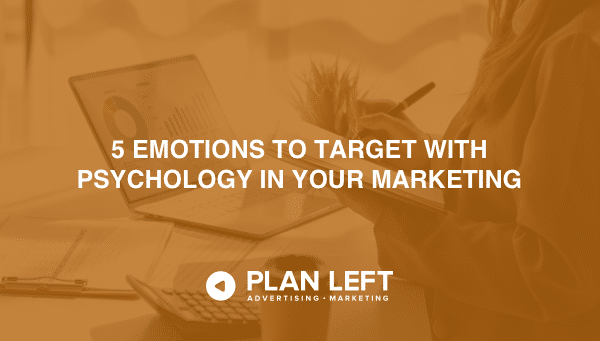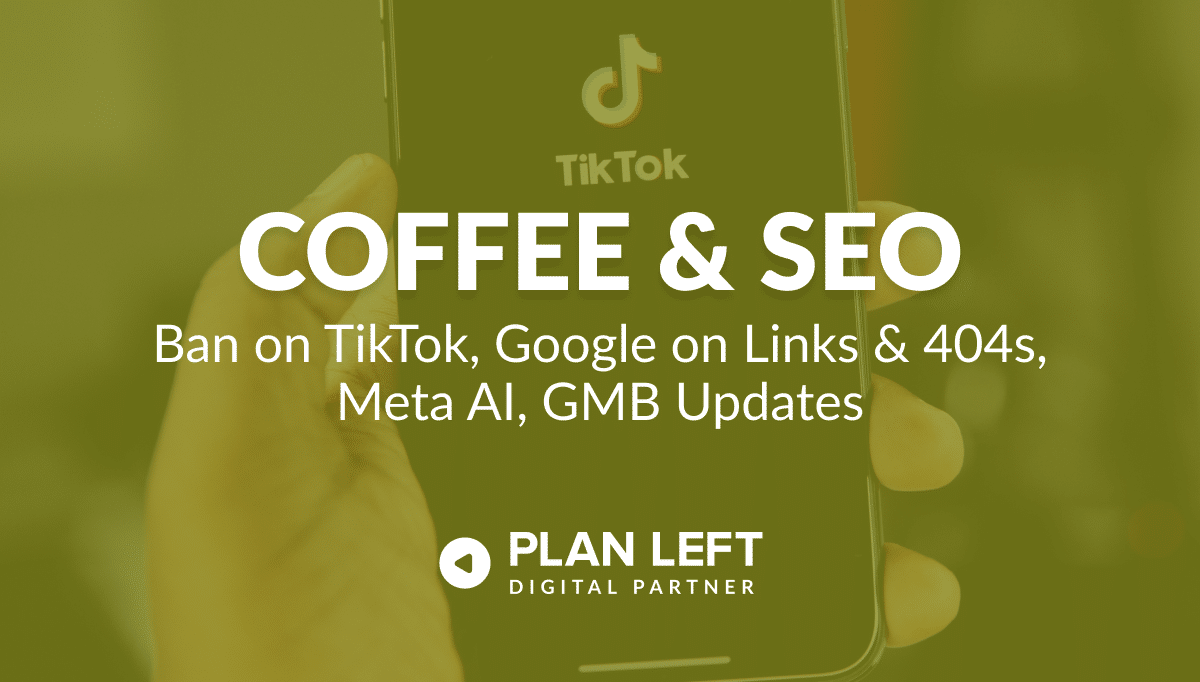
Updated content 06/22/2023
Selling your company’s services or products involves a lot of psychology, whether you realize it or not. Marketing those services and products also involves understanding how and why people think the way they do. To understand the psychology needed for marketing, you have to have a deep understanding of your customers. What motivates them? When you know their motivations, you’ll know which emotions to target when convincing them to purchase.
Some of these emotions are universal, and every salesperson and marketer can use them. Here are five powerful emotions you should consider in your marketing campaigns.
Pleasure
Not only do people seek pleasure, but they also want it as soon as they can get it. Pleasure includes a feeling of belonging, love, and respect. It also means feeling satisfied, whether with comforts or excesses. When marketing, focus on how your products give buyers pleasure.
Some products sell themselves. We’re sure no one has ever had trouble selling chocolate or wine. Others might need a little bit of ingenuity. How can you convince your buyers that your credit card brings pleasure? Yes, the bonuses from points are a good starting point, but what about the card itself? Does it provide the opportunity to make pleasing purchases whenever the buyer chooses? Of course, it does!
Every product or service can bring pleasure if you know how to spin it. Focus on what will make your buyers happy. Then tailor your marketing to that.
Empathy
Empathy allows brands to connect with their audience on a deeper level than just pleasure. By demonstrating an understanding of their customer’s needs, wants, and pain points, brands can create a sense of trust and authenticity that resonates with consumers. Empathy in marketing can make brands more human. This kind of marketing can play out in a few different ways, from creating personalized messaging to showcasing stories of real customers and how the brand has helped them.
Many fashion brands are showcasing diverse models of different sizes, shapes, and skin tones to create a sense of inclusivity and representation. Brands are also taking on diverse ambassadors. Look at Dove, a hygiene company that launched its Real Beauty campaign years ago to tell stories from real women on their journeys to self-acceptance. This type of marketing campaign can show that the brand understands the struggles many people face when finding products that make them feel confident.
Similarly, a financial services company may create content that acknowledges the challenges of managing money and offers solutions to help customers overcome those challenges. By demonstrating empathy and understanding, brands make a connection with their audience that goes beyond just selling a product or service.
Nostalgia
Nostalgia is the perfect marketing tool to connect with older audiences (but it can even work on younger generations if done well). It’s easy to get lost in memories of simpler times, and brands can tap into those emotions to create a sense of familiarity and trust.
Whether it’s an old-school logo, a throwback commercial, or a reimagined product from the past, nostalgia can transport consumers back in time and create an emotional connection to the brand. By leveraging nostalgia in their marketing campaigns, you can evoke positive feelings and build a sense of community with your customers. People strongly connect the feeling of nostalgia to brand loyalty.
Take Pepsi, for example. They brought back Crystal Pepsi for a limited time in 2016 when consumers called for its return after an epic fail in the 90s. More recently, in 2022, Pepsi ran a Twitter sweepstakes giveaway, handing out 300 Crystal Pepsis to consumers that posted on #ShowUsYour90s. This campaign rehashed nostalgia for the Pepsi brand and its previous products while creating user-generated content through its hashtag.
Fear
Instilling a sense of fear in your customers probably sounds mean. However, fear can be a powerful motivator in selling products. Keep in mind that there are different types of fear. You may not need to tell a horror story to make a sale.
First, there’s the fear of missing out. If your products or services involve a current trend, buyers will want to purchase just to keep up with the rest of the crowd. You can also use fear of missing out to point out special features. Does your product or service save buyers time? Those customers will then have the opportunity to do everything they’ve been missing out on, like kids’ ball games and recitals, dinner and drinks with friends, or that romantic vacation they’ve been putting off. If you can tap into that fear of missing out, you’ll make a sale.
The most potent form of fear might require a horror story. Home security companies capitalize on buyers’ fear of break-ins. Athletic shoe companies might focus on the fear of causing injury with the wrong type of shoe. Credit card companies may encourage users to sign up for identity protection to avoid fraud.
A television ad by the National Highway Traffic Safety Administration featured a driver’s point of view as a narrator asked questions about child car seat safety. After 20 seconds of seemingly mundane driving footage, another car comes flying toward the windshield. The U.S. Department of Transportation sponsored this shocking video to prevent car crash deaths, but it could just as easily be used by a child car seat manufacturer.
Fear is a powerful tool in marketing but use it sparingly. Consumers don’t like being fear-mongered and could grow uncomfortable with your brand.
Pain
Whether instilling fear or promising pleasure, your primary focus should always be your buyer’s pain. That pain may not even be physical; it may just be a separation from joy. Your job is to ease that pain. Answer their questions. Provide solutions that make sense.
What types of pain may buyers feel? Confusion is a big turn-off when consumers are making purchase choices. Clarity is the answer. Be transparent and knowledgeable. Show comparisons between your products and those of your competitors. Expense is another pain many buyers feel. If you can explain the need for the cost, the pain of expense goes away, even if your products or services are more expensive than your competitors.
A thorough understanding of your buyers will tell you what their pains are. They want time, they want pleasure, they want quality, and they want it as soon as possible. Ask yourself the questions you know buyers will ask and then answer them first, better, and more thoroughly than anyone else.
By keeping these primary emotions in mind when creating your marketing materials, you’ll be ready to attend to the psychological aspects of selling. If you need some help creating those buyer personas, reach out. We’re experts at digging deep to get to the very heart of your buyers.
Explore Latest Posts
Back in 2021, Google’s Martin Splitt mentioned Centerpiece Annotations during a Duba webinar, and earlier this month, Gary Illyes mentioned ... read more
April 30, 2024
Since the last round of Core and Spam updates knocked nearly 40% of websites out of Google’s search index, it ... read more
April 26, 2024
Google says the quality of your webpage is a ranking factor, but what is ‘quality’ according to Google? That would ... read more
April 19, 2024
MARKETING insights
Join the Thousands Who Receive Our Twice-Monthly Newsletter.
It's hard to keep up. Our newsletter is packed with buyer behavior insights, the latest marketing and technology updates, work/life balance tips, and—because we ❤️ our support staff—adorable pets looking for forever homes. Only twice per month. No clogged inboxes. You can't say no.




